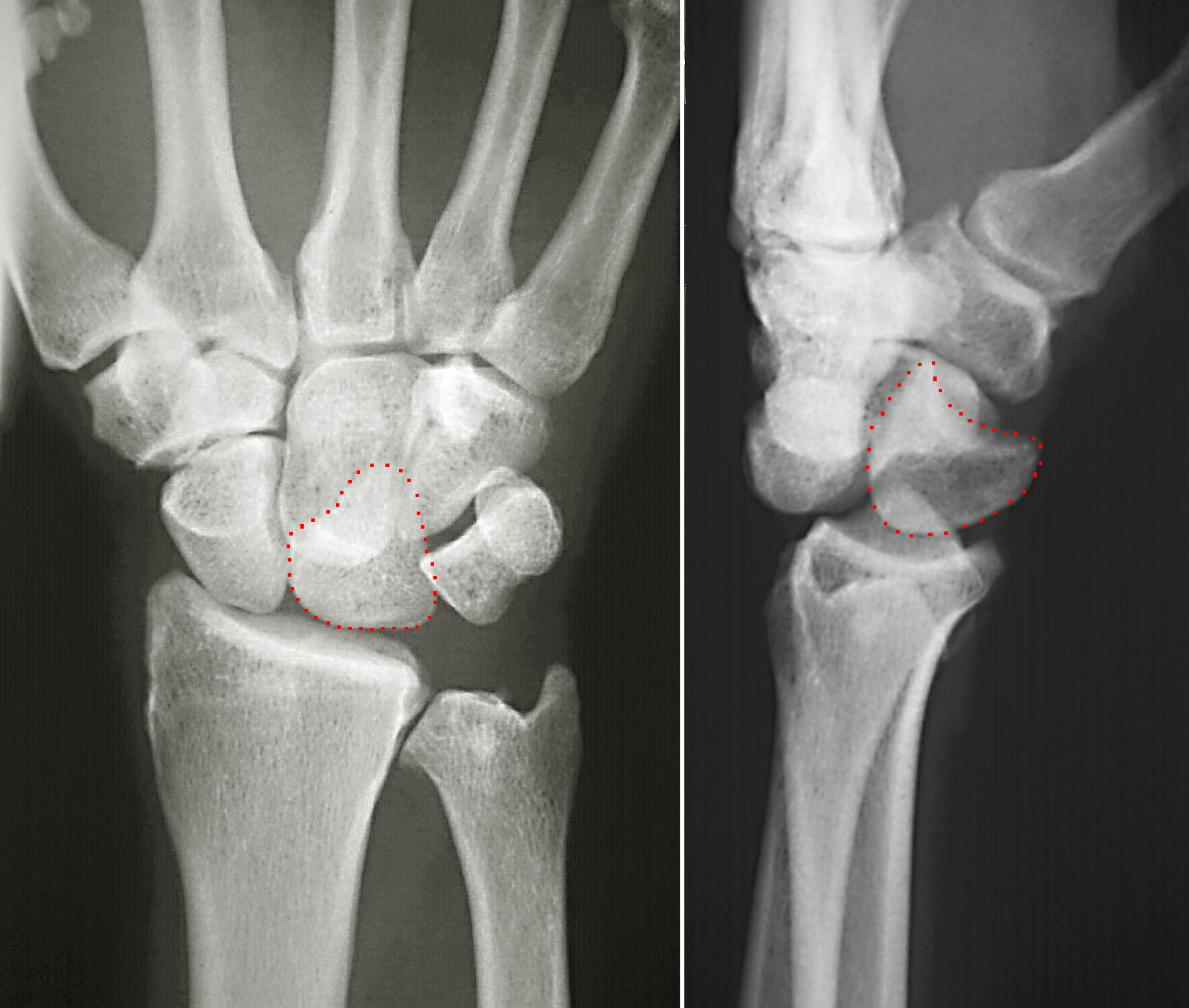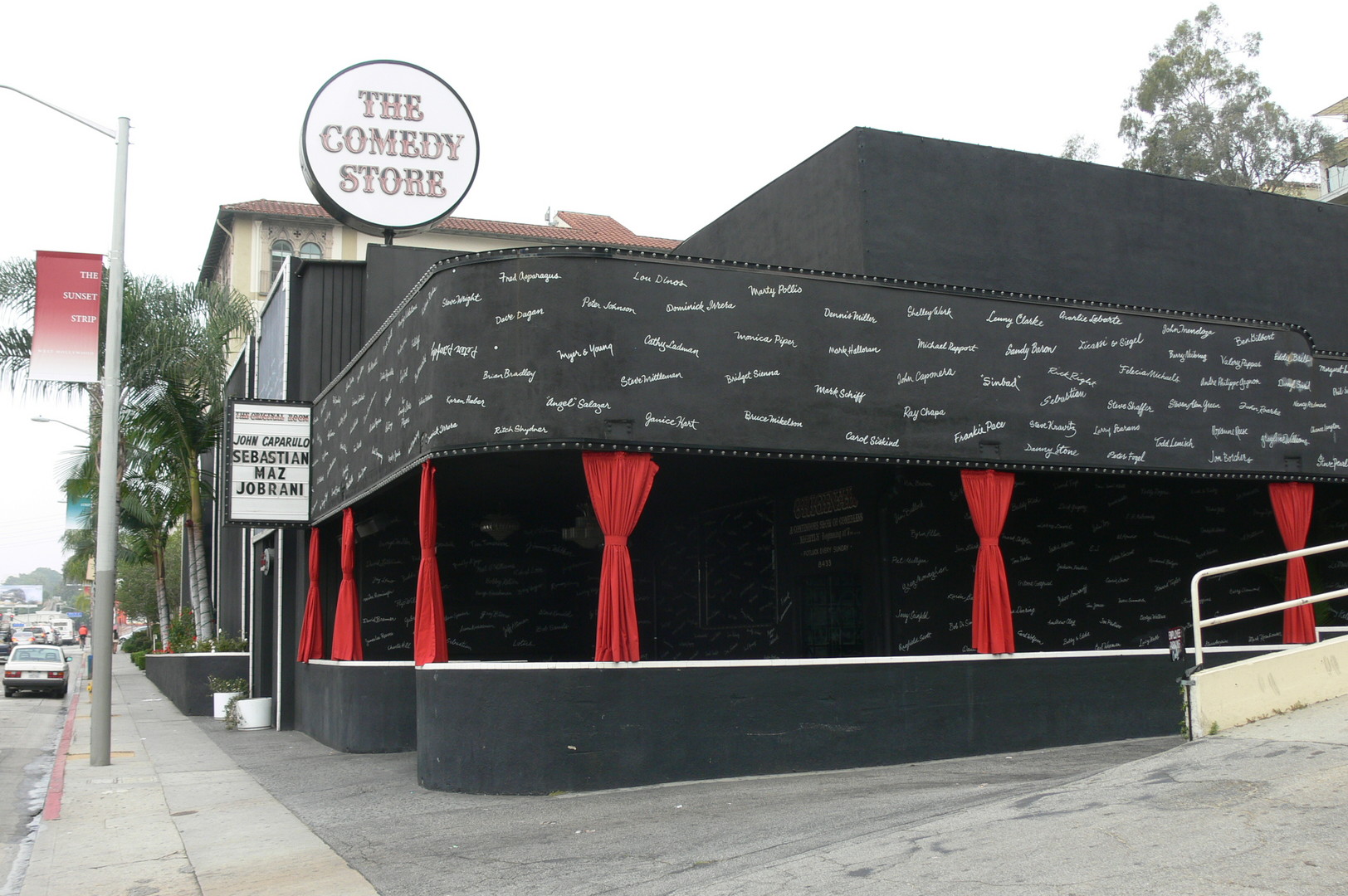|
Terry Thomas Sign
In radiology, the Terry-Thomas sign is a scapholunate ligament dissociation on an anteroposterior view of the wrist. Most commonly a result of a fall on the outstretched hand ( FOOSH), the scapholunate ligament ruptures resulting in separation of the lunate and scaphoid bones. This burst causes the scaphoid bone to dorsally rotate. A gap of more than 3mm is pathognomonic for scapholunate dissociation. The resulting separation between the scaphoid and lunate bones leaves a space on the x-ray that is similar to the gap comedian Terry-Thomas had between his front teeth. For newer radiology students who do not know who Terry-Thomas was, this finding might also be known as the David Letterman David Michael Letterman (born April 12, 1947) is an American television host, comedian, writer and producer. He hosted late night television talk shows for 33 years, beginning with the February 1, 1982 debut of ''Late Night with David Letterman' ... sign. References External linksEntry on Rad ... [...More Info...] [...Related Items...] OR: [Wikipedia] [Google] [Baidu] |
Terry-Thomas
Terry-Thomas (born Thomas Terry Hoar Stevens; 10 July 19118 January 1990) was an English character actor and comedian who became internationally known through his films during the 1950s and 1960s. He often portrayed disreputable members of the Social structure of the United Kingdom#Upper class, upper classes, especially wikt:cad, cads, toffs and wikt:bounder, bounders, using his distinctive voice; his costume and props tended to include a monocle, waistcoat and cigarette holder. His striking dress sense was set off by a Diastema (dentistry), gap between his Maxillary central incisor, two upper front teeth. Born in London, Terry-Thomas made his film debut, uncredited, in ''The Private Life of Henry VIII'' (1933). He spent several years appearing in smaller roles, before wartime service with Entertainments National Service Association (ENSA) and Stars in Battledress. The experience helped sharpen his cabaret and revue act, increased his public profile and proved instrumental in ... [...More Info...] [...Related Items...] OR: [Wikipedia] [Google] [Baidu] |
Radiology
Radiology ( ) is the medical discipline that uses medical imaging to diagnose diseases and guide their treatment, within the bodies of humans and other animals. It began with radiography (which is why its name has a root referring to radiation), but today it includes all imaging modalities, including those that use no electromagnetic radiation (such as ultrasonography and magnetic resonance imaging), as well as others that do, such as computed tomography (CT), fluoroscopy, and nuclear medicine including positron emission tomography (PET). Interventional radiology is the performance of usually minimally invasive medical procedures with the guidance of imaging technologies such as those mentioned above. The modern practice of radiology involves several different healthcare professions working as a team. The radiologist is a medical doctor who has completed the appropriate post-graduate training and interprets medical images, communicates these findings to other physicians ... [...More Info...] [...Related Items...] OR: [Wikipedia] [Google] [Baidu] |
Scapholunate Ligament
The scapholunate ligament is a ligament of the wrist. Rupture of the scapholunate ligament causes scapholunate instability, which, if untreated, will eventually cause a predictable pattern of wrist osteoarthritis called scapholunate advanced collapse (SLAC). Anatomy The scapholunate ligament is an intraarticular ligament binding the scaphoid and lunate bones of the wrist together. It is divided into three areas, dorsal, proximal and palmar, with the dorsal segment being the strongest part. It is the main stabilizer of the scaphoid. In contrast to the scapholunate ligament, the lunotriquetral ligament is more prominent on the palmar side. Instability Complete rupture of this ligament leads to wrist instability. The main type of such instability is dorsal intercalated segment instability (DISI) deformity, where the lunate angulates to the posterior side of the hand. A ''dynamic scapholunate instability'' is where the scapholunate ligament is completely ruptured, but secondary s ... [...More Info...] [...Related Items...] OR: [Wikipedia] [Google] [Baidu] |
Anteroposterior
Standard anatomical terms of location are used to unambiguously describe the anatomy of animals, including humans. The terms, typically derived from Latin or Greek roots, describe something in its standard anatomical position. This position provides a definition of what is at the front ("anterior"), behind ("posterior") and so on. As part of defining and describing terms, the body is described through the use of anatomical planes and anatomical axes. The meaning of terms that are used can change depending on whether an organism is bipedal or quadrupedal. Additionally, for some animals such as invertebrates, some terms may not have any meaning at all; for example, an animal that is radially symmetrical will have no anterior surface, but can still have a description that a part is close to the middle ("proximal") or further from the middle ("distal"). International organisations have determined vocabularies that are often used as standard vocabularies for subdisciplines of anatom ... [...More Info...] [...Related Items...] OR: [Wikipedia] [Google] [Baidu] |
Lunate Bone
The lunate bone (semilunar bone) is a carpal bone in the human hand. It is distinguished by its deep concavity and crescentic outline. It is situated in the center of the proximal row carpal bones, which lie between the ulna and radius and the hand. The lunate carpal bone is situated between the lateral scaphoid bone and medial triquetral bone. Structure The lunate is a crescent-shaped carpal bone found within the hand. The lunate is found within the proximal row of carpal bones. Proximally, it abuts the radius. Laterally, it articulates with the scaphoid bone, medially with the triquetral bone, and distally with the capitate bone. The lunate also articulates on its distal and medial surface with the hamate bone. The lunate is stabilised by a medial ligament to the scaphoid bone and a lateral ligament to the triquetral bone. Ligaments between the radius and carpal bone also stabilise the position of the lunate, as does its position in the lunate fossa of the radius. Bone The pro ... [...More Info...] [...Related Items...] OR: [Wikipedia] [Google] [Baidu] |
Scaphoid Bone
The scaphoid bone is one of the carpal bones of the wrist. It is situated between the hand and forearm on the thumb side of the wrist (also called the lateral or radial side). It forms the radial border of the carpal tunnel. The scaphoid bone is the largest bone of the proximal row of wrist bones, its long axis being from above downward, lateralward, and forward. It is approximately the size and shape of a medium cashew. Structure The scaphoid is situated between the proximal and distal rows of carpal bones. It is located on the radial side of the wrist, and articulates with the radius, lunate, trapezoid, trapezium, and capitate. Over 80% of the bone is covered in articular cartilage. Bone The palmar surface of the scaphoid is concave, and forming a distal tubercle, giving attachment to the transverse carpal ligament. The proximal surface is triangular, smooth and convex. The lateral surface is narrow and gives attachment to the radial collateral ligament. The medial surfac ... [...More Info...] [...Related Items...] OR: [Wikipedia] [Google] [Baidu] |
Pathognomonicity
Pathognomonic (rare synonym ''pathognomic'') is a term, often used in medicine, that means "characteristic for a particular disease". A pathognomonic sign is a particular sign whose presence means that a particular disease is present beyond any doubt. Labelling a sign or symptom "pathognomonic" represents a marked intensification of a "diagnostic" sign or symptom. The word is an adjective of Greek origin derived from πάθος ''pathos'' "disease" and γνώμων ''gnomon'' "indicator" (from γιγνώσκω ''gignosko'' "I know, I recognize"). Practical use While some findings may be classic, typical or highly suggestive in a certain condition, they may not occur ''uniquely'' in this condition and therefore may not directly imply a specific diagnosis. A pathognomonic sign or symptom has very high positive predictive value but does not need to have high sensitivity: for example it can sometimes be absent in a certain disease, since the term only implies that, when it is presen ... [...More Info...] [...Related Items...] OR: [Wikipedia] [Google] [Baidu] |
David Letterman
David Michael Letterman (born April 12, 1947) is an American television host, comedian, writer and producer. He hosted late night television talk shows for 33 years, beginning with the February 1, 1982 debut of ''Late Night with David Letterman'' on NBC and ending with the May 20, 2015 broadcast of ''Late Show with David Letterman'' on CBS. In total, Letterman hosted 6,080 episodes of ''Late Night'' and ''Late Show'', surpassing his friend and mentor Johnny Carson as the longest-serving late night talk show host in American television history. In 1996, Letterman was ranked 45th on ''TV Guide''s 50 Greatest TV Stars of All Time.Miller, Gregory E.; Schneider, Michael (December 31, 2015). "2015 by the Numbers", ''TV Guide''. p. 10. In 2002, ''The Late Show with David Letterman'' was ranked seventh on TV Guide's 50 Greatest TV Shows of All Time. He is also a television and film producer. His company, Worldwide Pants, produced his shows as well as '' The Late Late Show'' and several p ... [...More Info...] [...Related Items...] OR: [Wikipedia] [Google] [Baidu] |



